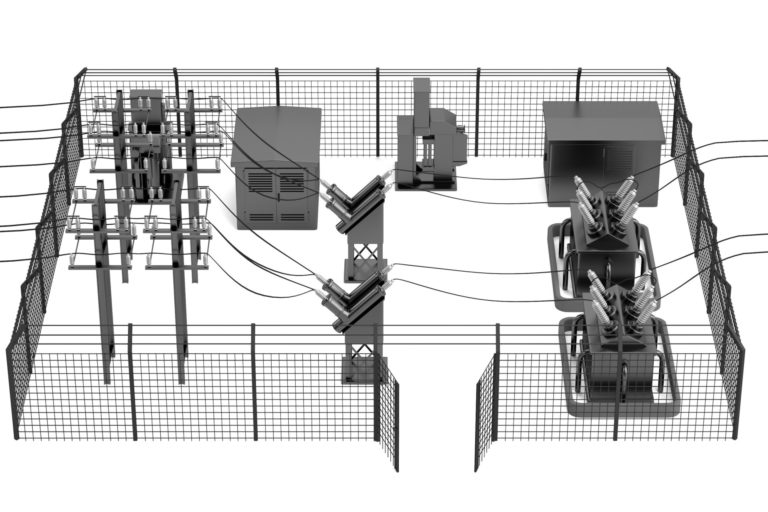
Introduction
Load flow analysis is an important tool for engineers in the power industry to analyze and understand the behavior of a power system. Load flow analysis is used to determine the voltages, currents, power flows and losses in a power system. Load flow analysis helps in the planning, design, and operation of power systems. In this blog, we will discuss the importance of load flow studies in power systems and how it works.
Why Load Flow Studies are Important?
The main objective of load flow analysis is to determine the voltages and currents at each node in a power system, under normal operating conditions. Load flow studies provide the following benefits:
Voltage Regulation
Voltage regulation is an essential aspect of power systems. Load flow studies help in determining the voltages at different points in the power system. It ensures that the voltage levels are within the acceptable range. A low voltage level can cause equipment damage, while a high voltage level can cause a safety hazard.
System Stability
Load flow analysis can identify potential stability issues in the power system. The power system experiences large and sudden changes in load during peak demand periods. By identifying potential stability issues, operators can take steps to mitigate them before they cause problems.
Equipment sizing
Load flow studies can determine the size of equipment required for a particular application. For instance, load flow studies can determine the size of a transformer required to ensure that the voltage level remains within an acceptable range.
Capacity Planning
Load flow studies are useful in determining the maximum capacity of a power system. This information is essential for capacity planning, which helps ensure that the power system can meet the demands of customers while maintaining acceptable levels of reliabiliand safety.




